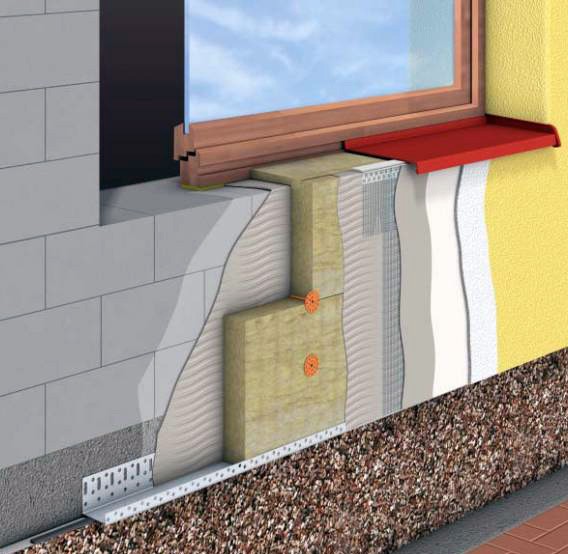THE MAIN RULES OF BUILDING ENVELOPE INSULATION

Mark (type) of insulation material is taken:
а) depending on the structures in which it will be applied (roof, walls, floors and ceilings);
b) depending on the loads, acting in these structures and identifies strength calculations;
c) the thickness of the insulation must meet the requirements of the regulatory documents of the region. and determined by strength calculations.
Building envelopes must comply with:
- heat transfer resistance
- air permeability
- heat resistance
- temperature-moisture mode(no moisture accumulation and condensation)
Before insulation installing starts, the following should complete:
- all woks of installation and bricklaying building envelope;
- installation of windows and doors, sealing of junctions to the walls of building envelope;
- waterproofing of terraces and balconies;
Before installing insulation materials the technical conditions of the building envelope should be inspected. The surface of the building structures should be cleared and leveled, if necessary, the vapour barrier should be installed. Markup installation sites insulation boards using laces, water level, should be run. Thermal insulation should be placed on the outer walls of the buildings. Transverse joints of each subsequent layer should be swift against the previously established layer for 0.3 – 0.5 of plate length. Boards should be tightly pressed to each other – no gaps acceptable. Installed insulation boards should be protected from moisture (hitting by the ground or atmospheric moisture).
